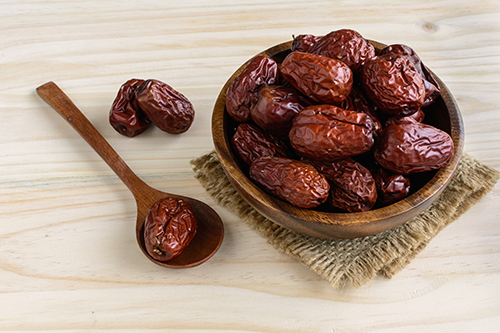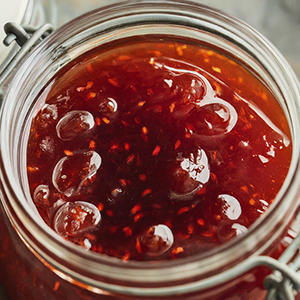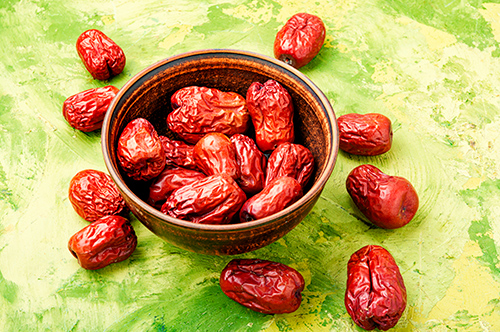Contents
The jujube health benefits are many. These small gray-green fruits are a little larger than olives. However, like olives, they contain a single pit. They are used very little despite their pleasant taste and medicinal properties that have been known for centuries.

Jujube Health Benefits
Jujubes have a very high sugar content and very little fat and protein. Among its vitamins, C is prominent, at 69 mg/100 grams, similar to the orange. The whitish pulp of these fruits is rich in mucilage and organic acids, which give it its characteristic flavor. They also contain a certain amount of tannins.

Jujubes have an advantage in not being widely known, and children, particularly, appreciate them. Their dietary and therapeutic applications:
Bronchial disorders—Because of their high mucilage content, jujubes have an emollient and soothing effect on the respiratory mucosa and facilitate expectoration. Eating them raw or dried is appropriate for those suffering from cough, bronchitis, or asthma.
The liquid from steeping jujubes relieves cough and is an expectorant.
Constipation—Despite their tannin content, particularly when dried, jujubes are laxative. This is due to the action of the mucilage.
Jujube Scientific Facts
- Scientific name: Ziziphus jujuba Mill.
- Other names: Chinese date, Chinese jujube, Red date, Indian jujube.
- French: Jujube.
- Spanish: Azufaifa, Jujubo.
- German: Brustbeere.
- Description: Fruit of the jujube, a spiny bush of the botanical family Rhamnaceae, reaches two to eight meters in height.
- Environment: Originally from the Far East, perhaps Northern China, the jujube has extended throughout the Mediterranean. It has been acclimated to Central America’s tropical regions and Southern Europe’s hotter areas.

How to use and Prepare Jujube
- FRESH: Jujubes are harvested in the fall and are eaten just as they are.
- DRIED: Jujubes, like dates or raisins, can be stored for several months when dried in the open air.
- JAM: Jujube jam is prepared by blending its pulp with sugar.
- STEWED or STEEPED: This is prepared by adding a handful of jujubes for each liter of water. Raisins, dried figs, and dates may also be added. Boil until the water has been reduced by half. The dose is a one-half glass of the resulting liquid after meals, three times a day. It is not necessary to add sugar.
DISCLAIMER: All content on this website is presented solely for educational and informational objectives. Do not rely on the information provided as a replacement for advice, diagnosis, or treatment from a qualified medical expert. If you are pregnant, nursing, or have any preexisting medical concerns, talk to your doctor before using any herbal or natural medicines.
REFERENCES
- George D. Pamplona-Roger, M.D. “Encyclopedia of Foods and Their Healing Power.” George D. Pamplona-Roger, M.D. Encyclopedia of Foods and Their Healing Power. Trans. Annette Melgosa. Vol. 2. Chai Wan: Editorial Safeliz, 2005. 149. Print. [Jujube Health benefits]
- https://www.medindia.net/health/diet-and-nutrition/top-12-health-benefits-of-jujube-fruit.htm
- https://theearthyfoods.com/blogs/jujube-knowledge/what-is-jujube-chinese-red-dates
Last update on 2025-06-04 / Affiliate links / Images from Amazon Product Advertising API





